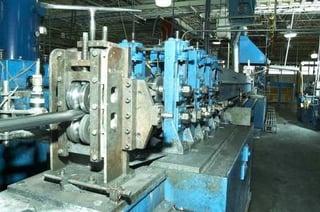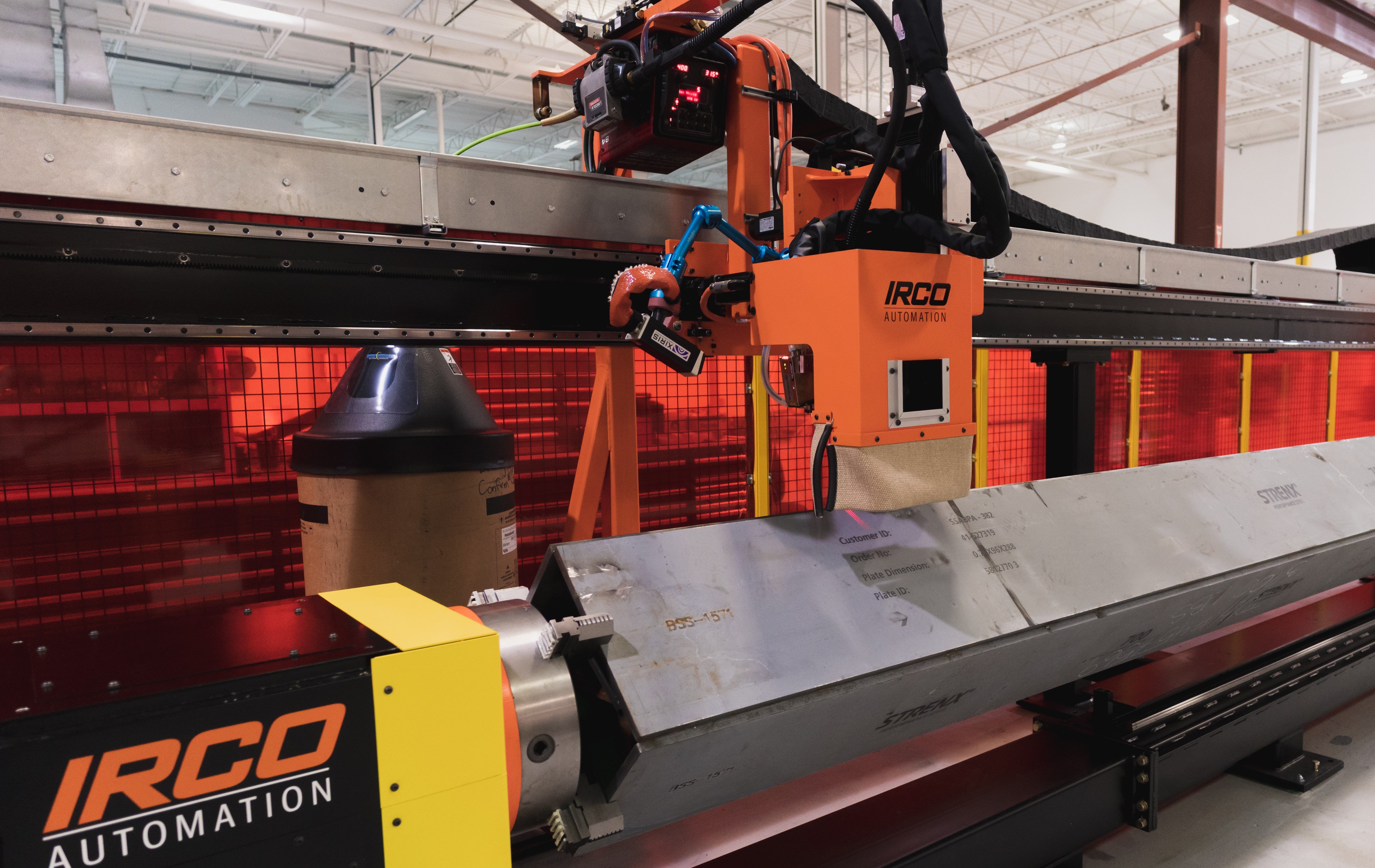Tube mills require a large capital investment that often gets amortized over several years. Even assuming that a mill is written down over an extended period, such as 10 years, the total cost of running a mill can be substantial when including the hourly amortized cost of the mill, the operating costs and related personnel costs. Not surprisingly, minimizing mill downtime is always a priority for tube producers. When a tube mill stops for planned events (such as product change overs, mill qualification, planned maintenance), or unplanned events (such as equipment failures, material input problems, shortage of operators, unscheduled maintenance), production stops. For most tube fabricators, downtime is the single largest source of lost production time. While there could be many reasons for a mill’s downtime, focusing attention on the constraints of the mill to ensure optimal use of resources is the most direct route to improved productivity. When manufacturing processes get out of control on a tube mill, common trial and error solutions typically prolong the time needed to correct the process. The result is high wastage and repair costs.

(photo courtesy of www.prweb.com)
In contrast, by implementing automated tools such as an automatic weld inspection system, mill downtime can be reduced by improving the use of resources needed to keep the process in control. With this equipment, tube fabricators can get a better and more advanced warning of process issues that are moving out of tolerance so that the mill does not have to be shut down to fix major tooling or welding issues.
Want to reduce downtime in your mill? Justify an automatic weld inspection system using a ROI worksheet where you can enter your own mill data.
Download your FREE ROI Calculator Now!
For more information on how Xiris Weld Cameras can help monitor your weld processes, visit Xiris.com or sign up to receive the Weld Video of the Month



.png)


